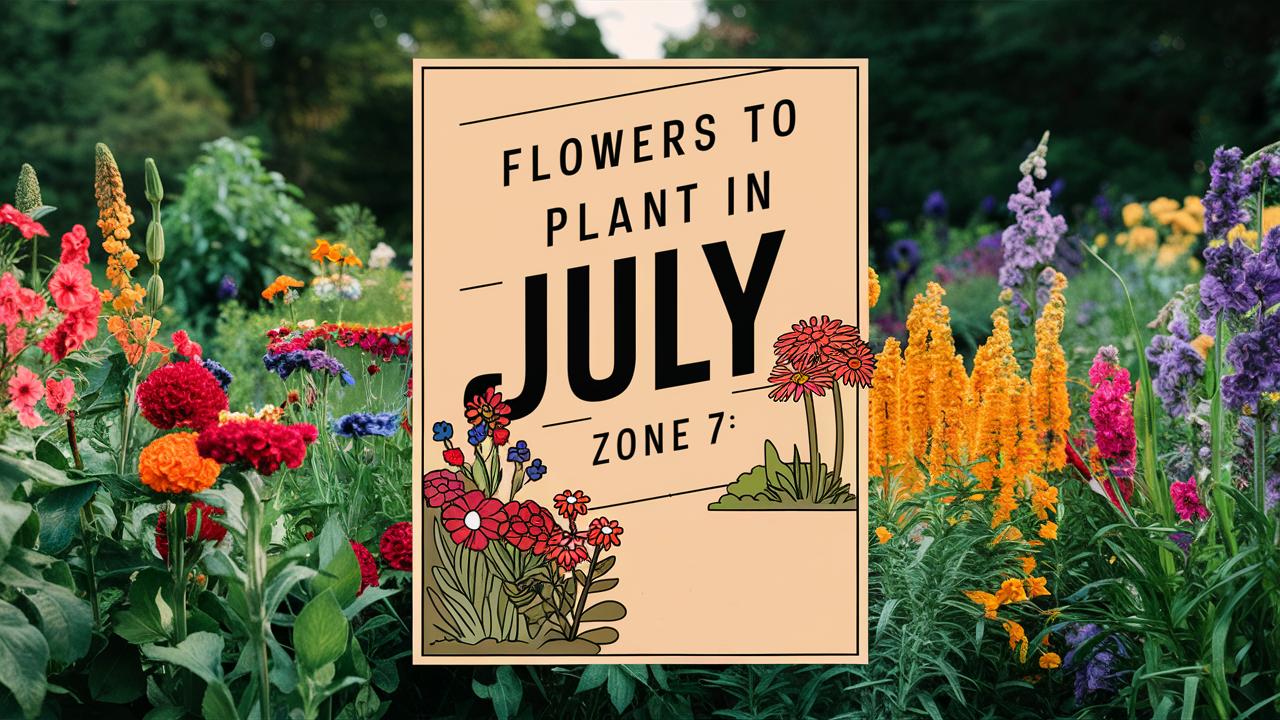This article will explore the flowers you can plant in July in Zone 7, providing a comprehensive guide on their special characteristics, planting instructions, and care tips to ensure a flourishing garden through the remainder of the summer and into fall.
Flowers To Plant
Zinnia
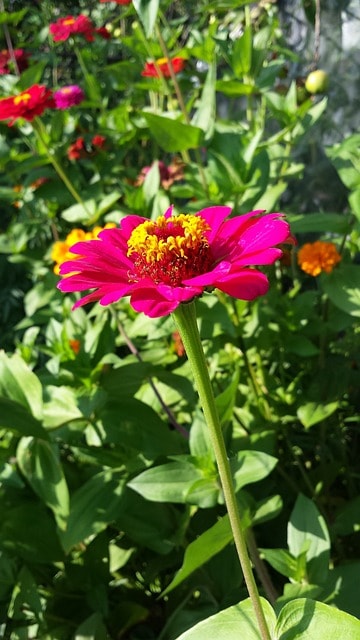
Zinnias are a favorite among gardeners for their vibrant colors and long blooming season. These annual flowers thrive best in full sunlight and can withstand brief periods of drought, making them a resilient choice for July planting. They prefer well-drained soil and can tolerate temperatures up to 90°F, common in Zone 7 during the summer months.
Planting Tips: Sow zinnia seeds directly into the garden bed or container after the last frost, typically in July for Zone 7. Space them about 12 to 18 inches apart, as they can grow quite large. Water them regularly, especially in the early stages to encourage strong growth.
Compelling Fact: Zinnias are also excellent for attracting pollinators like butterflies, enhancing both the beauty of your garden and the health of the local ecosystem.
Cosmos

Cosmos are cheerful, daisy-like flowers that embody a carefree garden aesthetic. They thrive in sunny, hot conditions and are exceptionally tolerant of poor soil, making them an excellent choice for the often dry and warm July conditions in Zone 7. Their vibrant blossoms range from white to pink and deep crimson, and they bloom profusely through fall, creating a lasting impact.
Planting Tips: Seeds can be sown directly in the garden in late June to July. They should be planted about 12 inches apart to allow for optimal airflow and reduce disease risk. Regular deadheading will encourage continuous blooming.
Compelling Fact: Cosmos are drought-tolerant once established, making them a low-maintenance option during the hot summer months.
Marigold
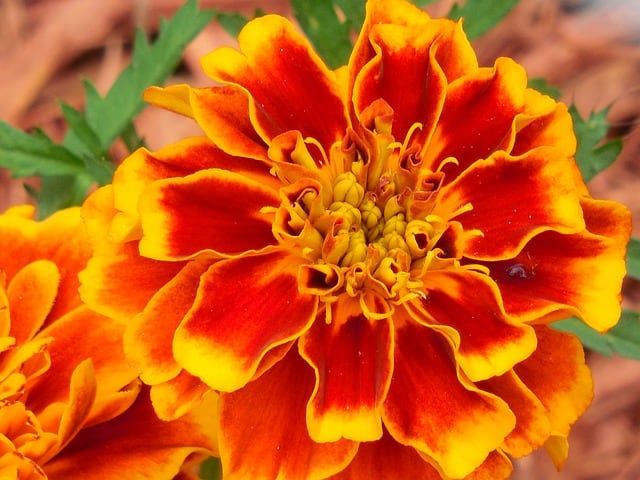
Marigolds are iconic summer flowers known for their bright orange and yellow hues. These hardy annuals can tolerate heat and are often planted to repel pests, making them a functional addition to any garden. They flourish in full sunlight and can thrive even in poor soil conditions.
Planting Tips: For Zone 7, marigolds can be planted in July directly into the soil. Ensure they receive adequate sunlight—about 6 to 8 hours a day. Water them periodically, but avoid waterlogging the soil to prevent root rot.
Compelling Fact: Marigolds attract beneficial insects while deterring harmful pests, making them an organic pest control method.
Sunflower

Sunflowers are magnificent additions to any garden, with their towering height and bright yellow heads that follow the sun. They thrive in the full sun and require a minimum of 6 to 8 hours daily. Sunflowers are excellent for attracting pollinators like bees and birds, which can enhance your garden’s biodiversity.
Planting Tips: Sow seeds directly into the garden in mid-July for a late summer bloom. Space seeds about 6 inches apart in rows that are at least 2 feet apart, giving them room to grow. Water them during dry spells, especially when the sunflowers are young.
Compelling Fact: Some sunflower varieties can reach heights of over 10 feet, becoming centerpieces in your garden.
Salvia (Sage)

Salvia, or sage, offers a variety of species and cultivars to choose from, many of which feature beautiful spikes of flowers in shades ranging from blue to purple. This perennial plant thrives in full sun and tolerates drought and poor soil conditions, making it an excellent candidate for planting in July.
Planting Tips: Plant salvias in well-drained soil in July, spacing them approximately 12 to 18 inches apart to allow for airflow and growth. Water deeply upon planting and then allow the soil to dry between waterings.
Compelling Fact: Salvia is highly attractive to hummingbirds and butterflies, making your garden a lively haven for wildlife.
Cleome
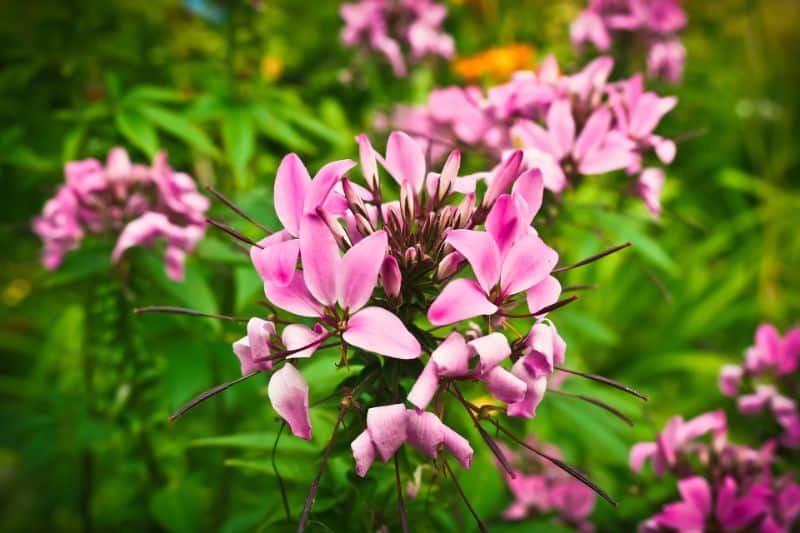
Cleome, commonly known as spider flower, has a unique appearance with its spidery blooms that can range from white to pink to purple. These annuals thrive in the heat, making July a perfect time for planting.
Planting Tips: Sow seeds directly in the garden in late July, spacing them 12 to 15 inches apart. They are best suited for sunny spots and benefit from well-drained soil. Water them regularly, especially during the warmest part of the season.
Compelling Fact: Cleome flowers release a sweet fragrance that attracts a variety of pollinators, enhancing the sensory experience of your garden.
Nasturtium
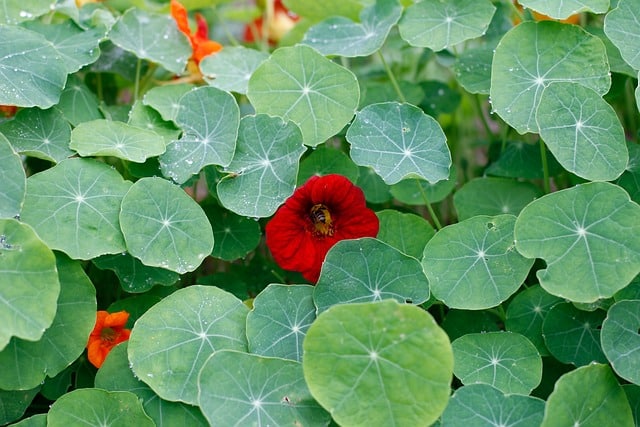
Nasturtiums are not only known for their vibrant blooms but also for their edible leaves and flowers that can add a peppery flavor to salads. These annuals are low-maintenance and thrive in poor soil, making them ideal for quick July planting.
Planting Tips: Plant seeds in well-drained soil after the last frost, and they will quickly sprout. Space them about 10 to 12 inches apart for optimal growth. They thrive in full sun but can handle partial shade, making them versatile for various garden layouts.
Compelling Fact: Nasturtiums are not only beautiful but also attract beneficial insects while deterring aphids and other pests.
Aster
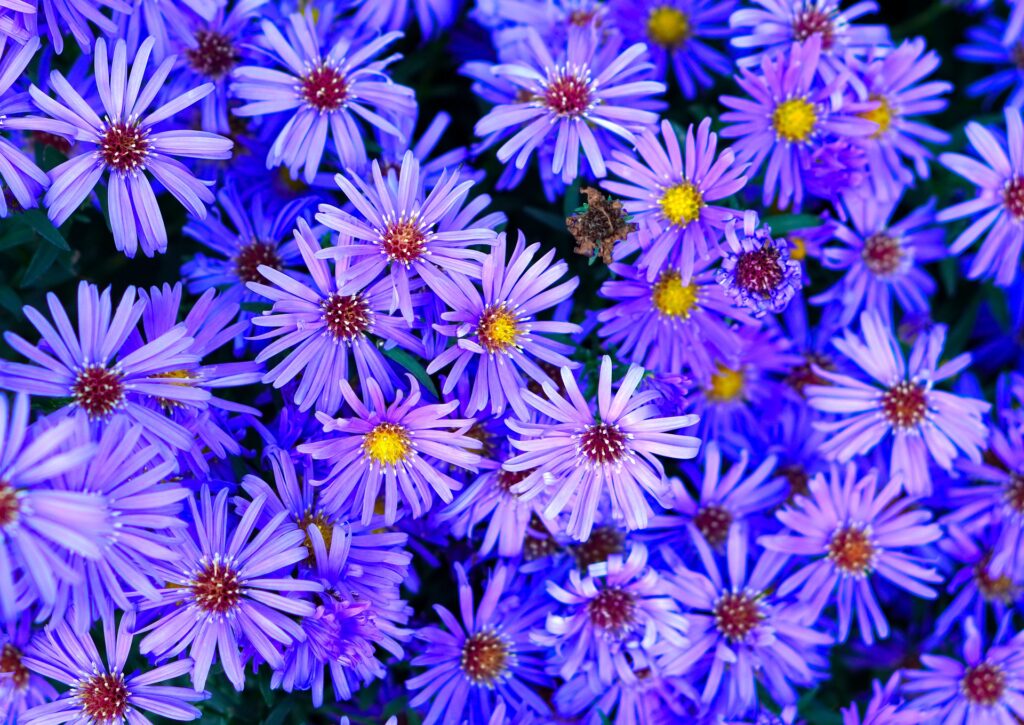
Asters provide delightful bursts of color in late summer and fall, featuring a wide range of colors from blue to pink and white. These perennials are hardy and can tolerate the heat of July, making them suitable for planting during this month in Zone 7.
Planting Tips: Asters can be sown in July, either directly in the garden or as seeds in containers to be later transplanted. Space them about 12 to 18 inches apart. Ensure they are watered well after planting.
Compelling Fact: Asters are crucial late-season nectar sources for pollinators, helping sustain them as food sources diminish with the onset of autumn.
Portulaca (Moss Rose)
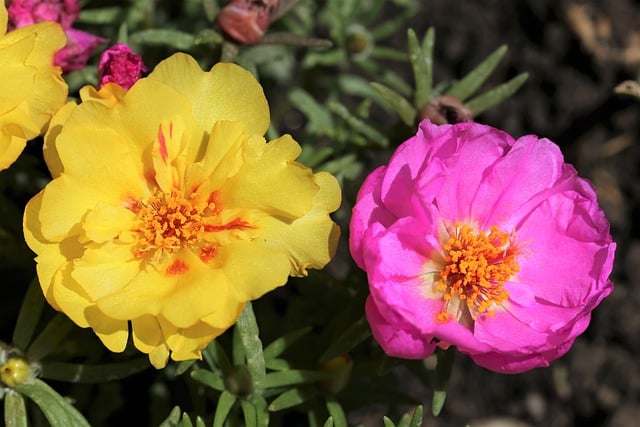
Portulaca is a colorful ground cover that thrives in hot, dry conditions. This succulent annual is renowned for its showy blooms and ability to tolerate drought, making it an excellent choice for July planting when the summer heat is peaking.
Planting Tips: For best results in Zone 7, sow seeds directly into the ground in July after the last frost. Space seeds about 6 inches apart in sunny areas for optimal growth.
Compelling Fact: Portulaca flowers bloom vibrantly throughout the day, closing in the evening, and are perfect for adding color to rock gardens or dry areas of your landscape.
Bougainvillea
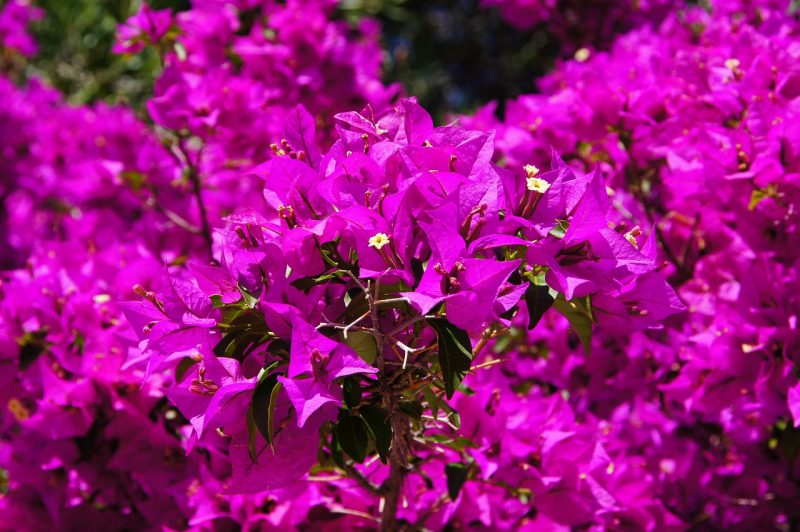
Bougainvillea is a stunning tropical perennial that can add bright splashes of color and unique character to your garden. Although it’s commonly associated with warmer climates, it can thrive in Zone 7, particularly if planted in containers that can be brought indoors during colder months.
Planting Tips: In July, plant bougainvilleas in well-drained soil in a sunny location. They require consistent watering and benefits from regular fertilization to promote blooming.
Compelling Fact: Bougainvillea is often used to create spectacular displays on trellises and fences, bringing an exotic flair to residential landscapes.
Perennial Flowers To Plant
Daylily
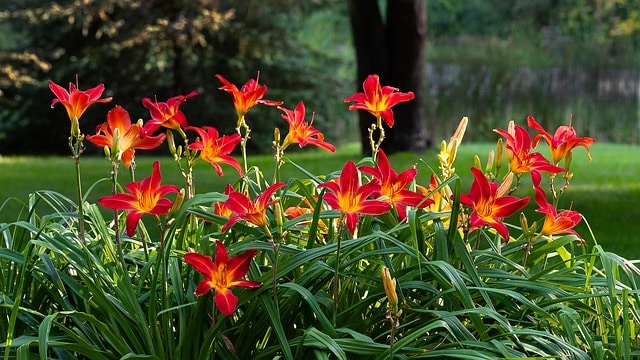
Daylilies are incredibly popular for their beautiful blooms that last a single day but come in a wide variety of colors and forms. They are hardy perennials that thrive in well-drained soil and can tolerate a range of temperatures and conditions, making them ideal for July planting in Zone 7.
Planting Tips: Plant daylily roots in the garden in July, ensuring they have plenty of space to grow, ideally 18 inches apart. Water them well after planting and continue to monitor their moisture level throughout the summer.
Compelling Fact: Daylilies are often referred to as “plant once and enjoy for years” flowers since they require minimal maintenance and can thrive for decades with proper care.
Sedum

Sedum, commonly known as stonecrop, is a highly versatile and drought-resistant perennial that flourishes in the sun. It comes in many varieties, making it a flexible option for gardens. Sedums in bloom add color during the later summer months.
Planting Tips: July is a perfect time to transplant sedum cuttings or divisions. Ensure they are spaced at least 12 inches apart for optimal growth. Sedums thrive in well-drained soil and are very forgiving of poor growing conditions.
Compelling Fact: Sedums are excellent at attracting pollinators, such as bees and butterflies, providing an important ecological role in the garden.
Coneflower (Echinacea)
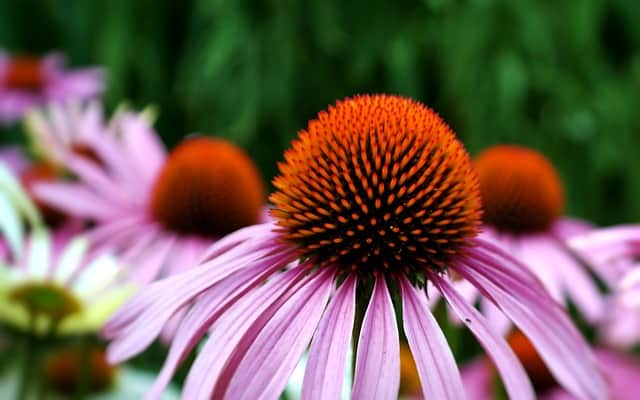
Coneflowers are resilient perennials that add a burst of color later in the summer and into the fall. Their showy flowers can be purple, pink, white, or orange, and they’re known for attracting birds and butterflies.
Planting Tips: Plant echinacea roots or divisions in July in well-drained soil with ample sunlight (six hours or more). Space them about 18-24 inches apart to allow for growth and airflow.
Compelling Fact: Coneflowers are noted for their medicinal properties, often used in herbal remedies to boost the immune system.
Russian Sage
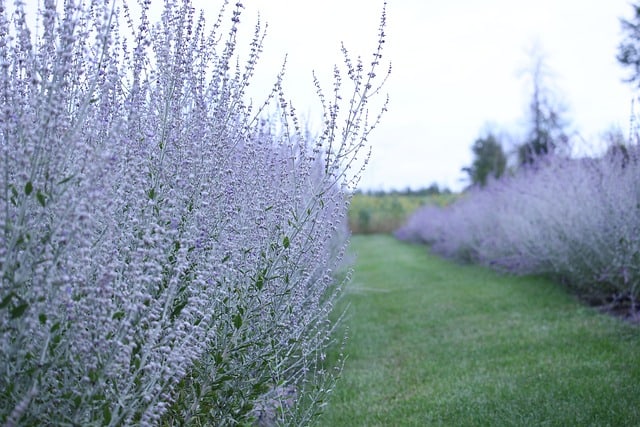
With its enchanting lavender-blue flowers and aromatic foliage, Russian sage is a stunning addition to any garden. It thrives in full sun and is adapted to resist drought, making it an ideal choice for July planting.
Planting Tips: In Zone 7, plant Russian sage in well-drained soil and ensure it’s in a sunny area. Space plants at least 2 feet apart as they can grow quite large.
Compelling Fact: Russian sage has a long blooming season, typically from mid-summer to fall, making it a highlight of the garden when many other plants are finished blooming.
Black-eyed Susan (Rudbeckia)
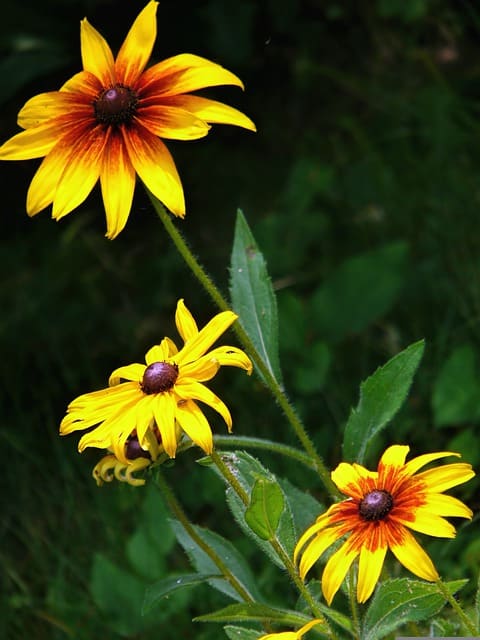
Black-eyed Susans are well-loved for their vibrant yellow petals and dark brown centers. These resilient perennial flowers thrive in sunny locations and can withstand a variety of soil conditions, making them a great choice for July planting.
Planting Tips: To ensure a successful bloom, plant established Black-eyed Susan plants in rich, well-drained soil, spacing them 12 to 18 inches apart. Water them regularly, especially during dry spells.
Compelling Fact: Black-eyed Susans are perfect for pollinators and are considered an invaluable addition to wildflower gardens, helping to protect local biodiversity.
Salvia (Sage)
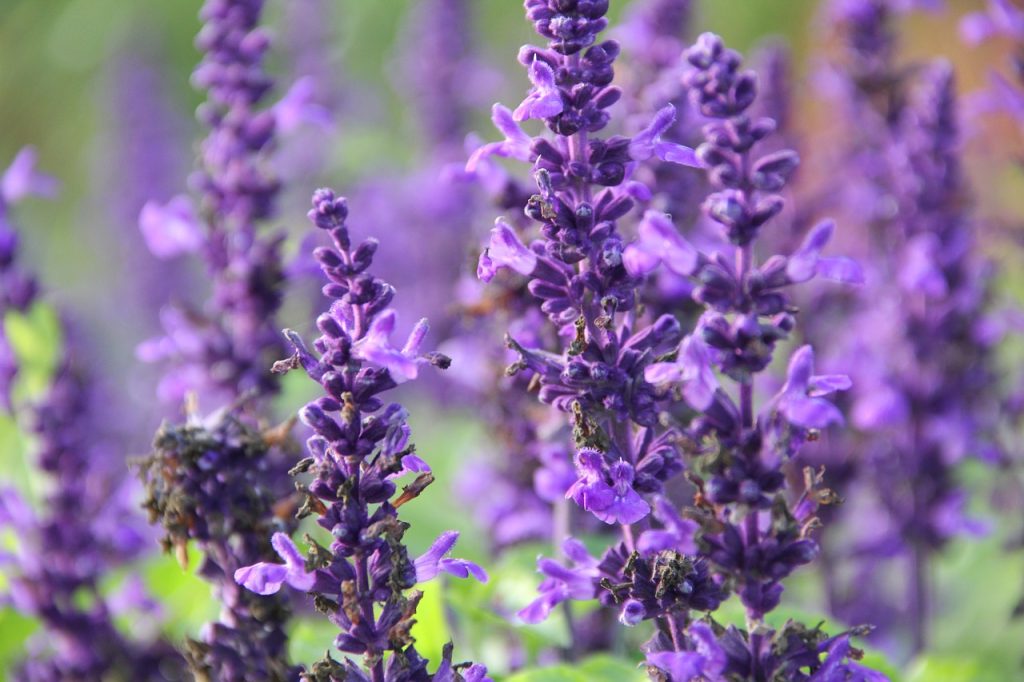
Known for its vibrant blooms and aromatic foliage, Salvia is not only a beautiful perennial but also a valuable herb in the garden. It thrives in sunny locations and well-drained soil, making it an excellent choice for planting in July.
Planting Tips: In Zone 7, plant Salvia in rich soil with plenty of sun exposure. Space them 12-18 inches apart to ensure air circulation. Water deeply and allow the soil to dry between waterings to prevent root rot.
Compelling Fact: Many species of Salvia are magnets for hummingbirds and bees, making them a great choice for those looking to support local wildlife.
Verbena
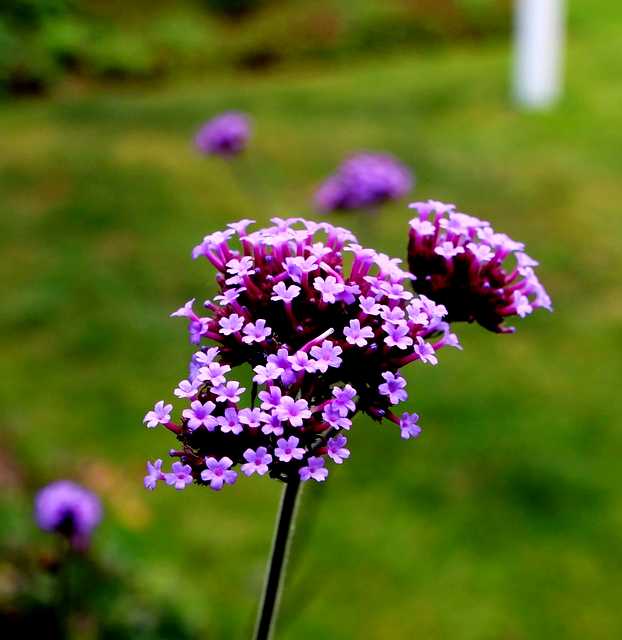
Verbena is a beautiful perennial that blooms throughout summer and well into fall. It’s known for its bright clusters of flowers and ability to spread quickly, making it an excellent filler plant in garden beds.
Planting Tips: For July planting, select verbena varieties that are sturdy and hearty. Space them at least 12 inches apart, and provide adequate water, especially during the first summer after planting.
Compelling Fact: Verbena produces copious nectar, attracting a wide array of pollinators to your garden.
Phlox
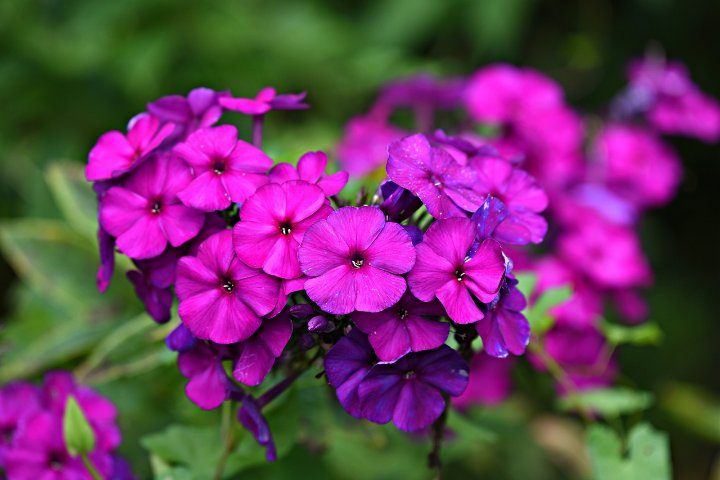
Phlox is a perennial flower that brings summer and fall colors to life. With a wide range of colors, this flower thrives in sunny locations and is known for its dense clusters of blooms that add beauty to any landscape.
Planting Tips: Plant phlox in well-drained soil, spacing them about 18 inches apart for air circulation. Water them regularly to promote healthy growth.
Compelling Fact: Phlox is frequently used in cottage gardens and naturalized areas due to its carefree nature and durability.
Peony
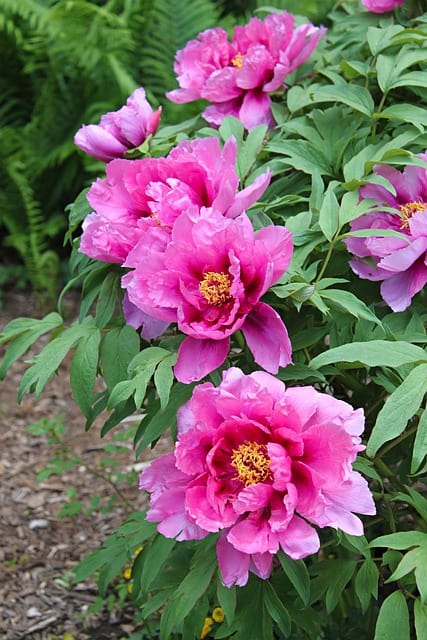
Peonies are classic garden favorites with large, fragrant blooms that can add elegance to any landscape. Though they have a longer establishment period, planting roots in July can still yield fantastic blooms in the following seasons.
Planting Tips: Ensure peony roots are planted in well-drained soil with plenty of sunlight. They should be placed about 3 feet apart to allow for their expansive growth. These plants thrive once established but require patience.
Compelling Fact: Peonies can live for over 50 years, making them a long-lasting investment for any garden.


